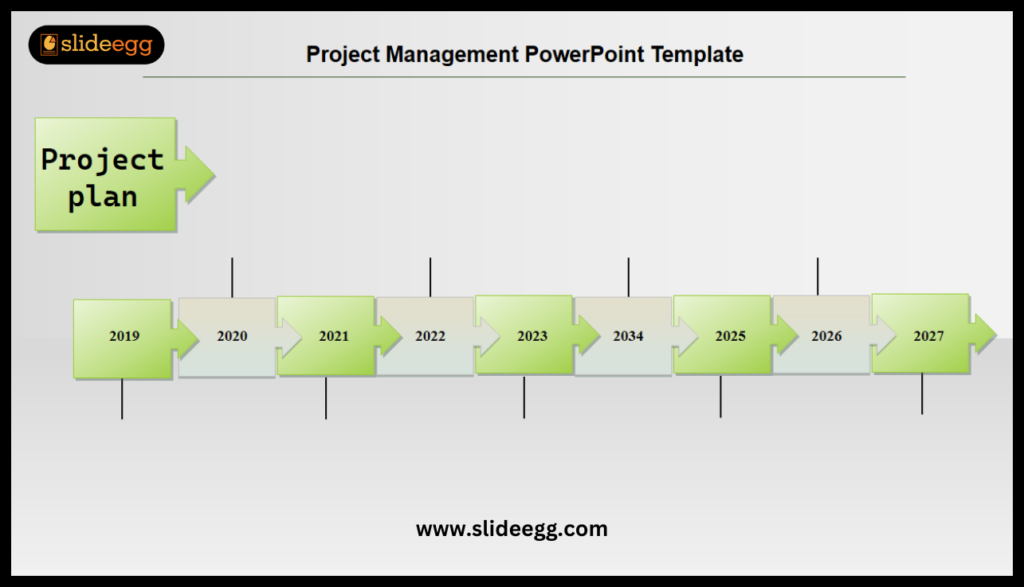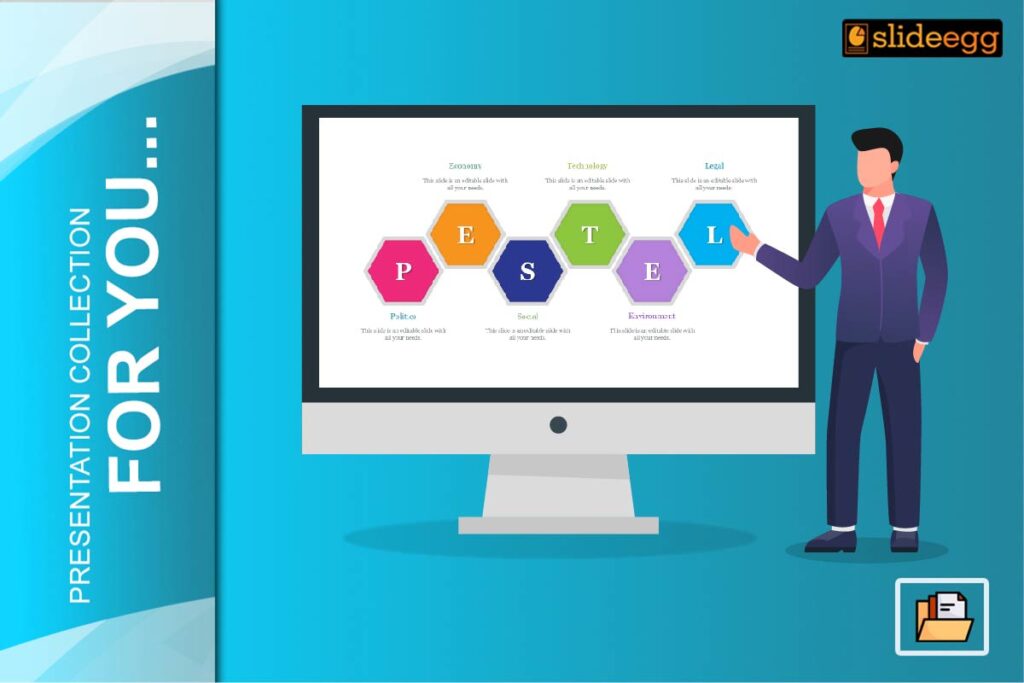In today’s fast-paced business environment, project managers are often faced with the challenge of delivering complicated content to diverse audiences. from stakeholders to squad members devising true everyone understands the points is important to cast a winner. However, too much information can overwhelm the audience.
In this blog, we’ll explore ways to work on making complex data more flexible in project management presentation without oversimplifying the message.
1. Know Your Audience
Knowing your audience is the first step in creating a project management presentation that is understandable. What degree of flexibility does the World Health Organization hold with the data you’re presenting? A head-directed display departs from the centre in other ways than I intended for your cast team.
Tailor your language: For executives, focus on high-level overviews and key performance indicators (KPIs). For your team, dive into the technical details but make sure they are presented.
Stay away from jargon: Unless you clarify, stay away from using acronyms or industry jargon if your audience is diverse.
2. Start with the Big Picture
Begin your presentation by giving an overview. Before diving into data tables or graphs, start with the overarching goals of the project. By doing this, you help your audience connect with the larger objectives and understand how the data fits into the narrative.
Use a simple roadmap: Include a brief project timeline or milestones achieved to provide context.
Highlight key metrics: Define the top metrics you’ll be focusing on. This gives your audience a framework for understanding the deeper dive into data.

3. Leverage Visuals Effectively
One of the most powerful ways to simplify complex data is by using visuals. Project management involves a variety of data types, from financials to timelines. Visual representations, like charts and graphs, can make this data more accessible.
Use charts and graphs wisely. Choose the right type of chart for the data. Bar charts are great for comparison, while pie charts work for parts of a whole. Gantt charts are an exceptional device for coping with deadlines.
Keep it easy: Avoid slides with too many pics. A single chart or graph per slide can make the information clearer.
Infographics: Consider using infographics for conveying a process or a breakdown of tasks. They provide clarity while keeping your audience engaged.
4. Tell a Story
Data isn’t just quite a number—it’s a story. One of the only methods to offer compelling records is to inform a story around it. Storytelling helps to communicate facts and makes them easier to digest.
Create a narrative: Structure your presentation with a starting ( creation), middle (information), and give-up (conclusions and subsequent steps).
Humanize facts: Show how data affects people—your crew, customers, or stakeholders.
5. Break It Down into Sections
Smash your presentation into sections rather than bombarding your audience with all the information without delay. Each segment can be aware of a factor of the project, consisting of finances, timeline, or crew performance.
Use clear headings: Guide your audience through the presentation with concise headings for each section.
Transition smoothly: Between sections, make sure to bridge the transition by summarizing the last point and introducing the next.
6. Limit the Data You Present
Less is frequently greater about presenting statistics. It’s tempting to include every record to showcase the thoroughness of your analysis; however, too many records can confuse your audience.
Focus on key insights: Choose the most applicable information points that align together with your mission desires. Leave out the secondary data that isn’t critical.
Use a data appendix: If you feel certain data points are still important but not central to the presentation, include them in an appendix. This way, they’re available if needed but don’t clutter the main presentation.
Turning complexity into clarity is the cornerstone of effective project management. When data is clear, decisions are sharp, and progress is unstoppable.
7. Explain the Implications of the Data
Numbers and charts are excellent, but what does it all suggest? Please always include data with evidence of its implications for the assignment.
Focus on action points: Highlight what the data means in terms of next steps, risks, or opportunities. This makes the information actionable.
Use bullet points: summarize key takeaways from every fact set in clean-to-read bullet factors, making it less complicated for your target market to observe.
8. Use Color to Highlight Key Data
Color can help emphasize crucial components of your records, but it’s important to apply it carefully. Too many colours can distract, while properly chosen colors can manual your target audience’s attention.
Use contrasting colors: When developing graphs or charts, use contrasting colours to highlight the most vital records points.
Stay consistent: Use a constant colour scheme throughout your presentation to avoid confusion.
9. Practice Active Engagement
An interactive presentation helps maintain attention and ensures your audience is keeping up. By actively enticing them, you could gauge their know-how and deal with any confusion in real-time.
Ask questions: Throughout your presentation, ask questions to interact with the target audience. This turns a passive experience into an interactive discussion.
Encourage feedback: Invite questions at the end of sections. This allows you to clarify any confusion early on rather than at the end of the presentation.
10. Conclude with a Clear Summary
At the end of your presentation, summarize the key factors to reinforce your message. Provide a concise evaluation of the facts and highlight any important movement objects or decisions that need to be made.
Reiterate key metrics: Go over the most important metrics you presented and how they tie back to the project’s goals.
Outline next steps: Provide a clear path forward by explaining what the data means in terms of future actions or decisions.
Final Thoughts
In project management PPT templates, clarity is key. By knowing your audience, breaking information into digestible sections, and using visuals correctly, you can remodel complicated facts into clear, actionable insights.
Remember, your intention isn’t always just to present statistics, but to make certain your target audience is aware of it on the way to making knowledgeable choices. With these techniques, you’ll be able to navigate even the most complex data effectively.







